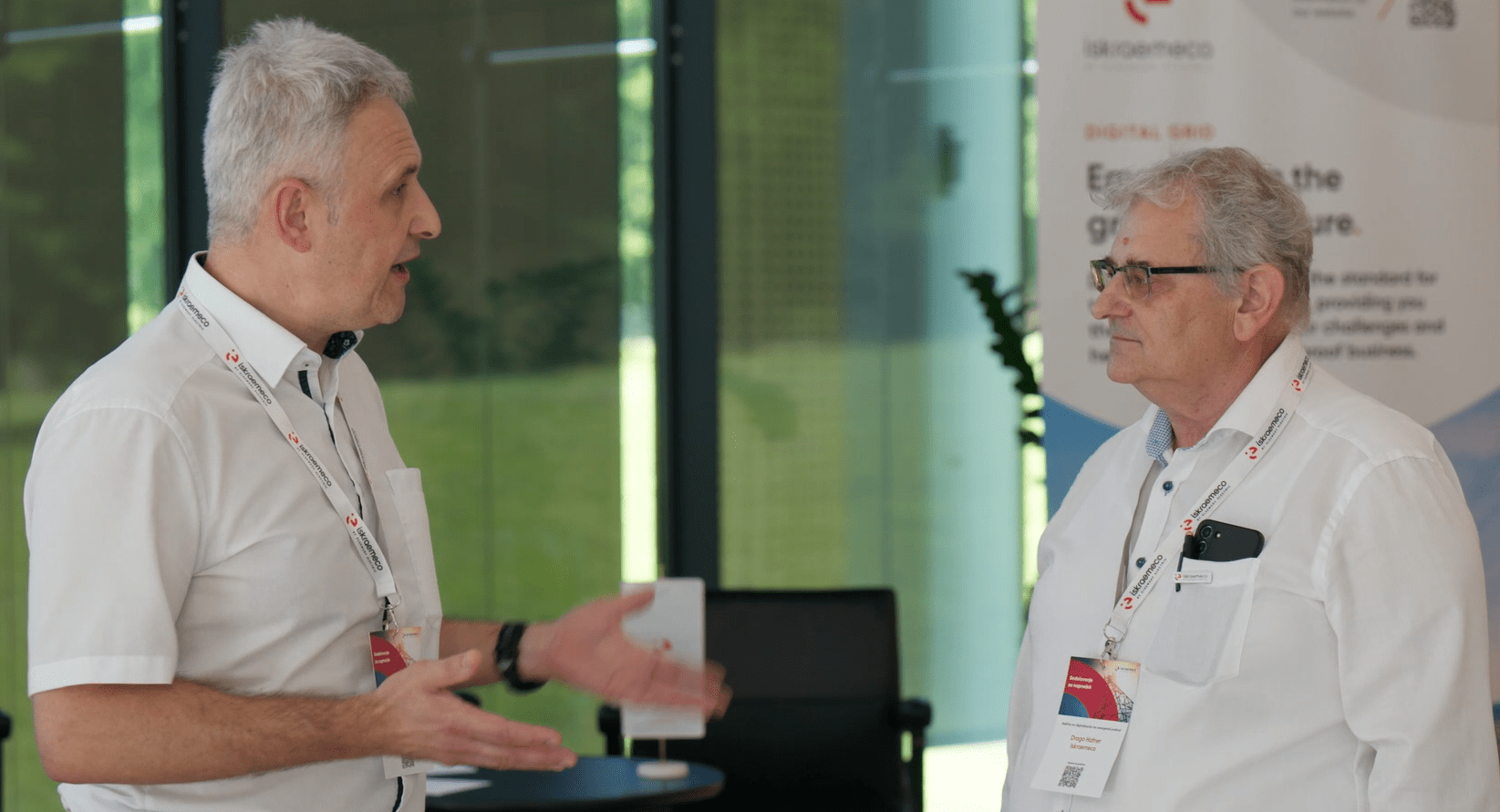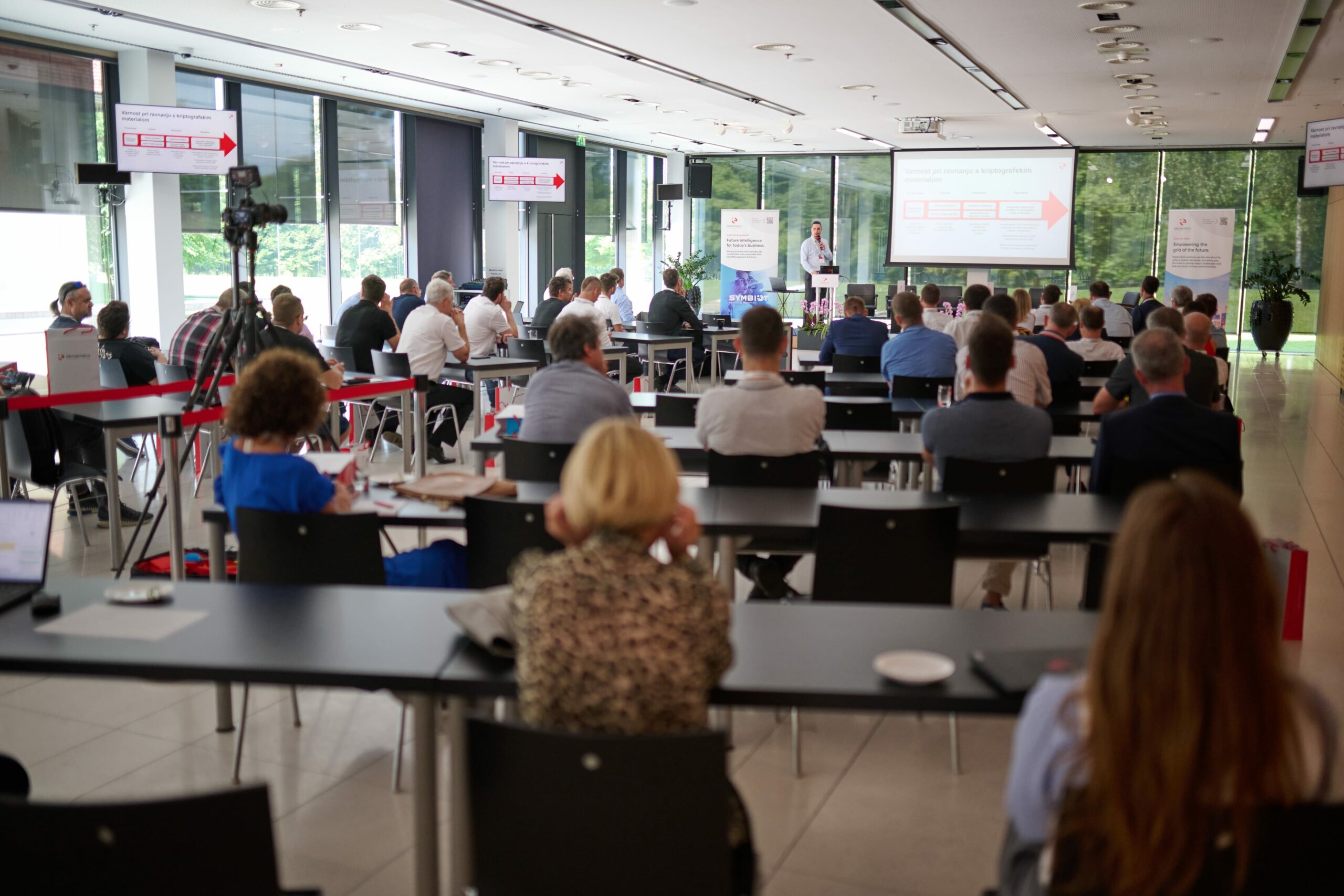In this interview, Matjaž Keršnik, Head of metering services at Elektro Ljubljana, shares valuable insights on the latest trends, challenges, and opportunities in the energy sector. He highlights the longstanding partnership with Iskraemeco and reflects on the smooth transition and upgrade of the Symbiot software suite, thanks to close collaboration. Mr. Keršnik also discusses the challenges of integrating renewable energy and EV charging stations into the grid, emphasizing the importance of data-driven planning and network automation.
You have been working with Iskraemeco for quite a few years now. How do you view this collaboration?
We have had a long-standing partnership with Iskraemeco, and I must say the collaboration has been exemplary. The foundation of our partnership is a strong, professional relationship that has organically transformed into a strategic technical collaboration, characterized by regular meetings. This cooperation has been productive, and I’m optimistic about its continuation in the future.
You are a long-term user of the Symbiot software suite. What has been your experience like?
We have been using the HES system for many years, and the new Symbiot version brings necessary updates and improvements. As technology advances, upgrades become essential to improve the capabilities
and address new challenges. While the previous system met our needs, the Symbiot upgrade has allowed us to make further improvements and better manage the overall system. We approached this upgrade with careful planning, recognizing that any transition, even an upgrade, comes with some risk and uncertainty. I commend both teams at Elektro Ljubljana and Iskraemeco for managing a smooth transition with minimal issues. We went live with the upgraded system in mid-June without any significant problems.
What has made a difference in this upgrade project? What was the reason for its success?
The key success factor has been the teamwork. We were collaborating to solve challenges and ensure a successful outcome. This has been possible due to the long-term partnership between our teams, allowing us to complement each other effectively. I would like to commend the development team at Iskraemeco and our IT department for their hard work and seamless handling of every challenge we encountered. The preparation was exceptional, surpassing expectations for a project of this scale.
The electricity distribution network is facing various challenges, particularly with the integration of new energy sources, such as solar power and EV charging stations. How are you addressing these challenges?
Yes, the integration of renewable energy sources and EV charging stations is indeed a growing trend. At Elektro Ljubljana and across the distribution network, we are addressing these developments daily. This transformation is changing the role of the electricity distribution network, which is no longer just an “energy link” but is evolving into a source as well, necessitating substantial investments in network development. We are focusing on smart grid solutions that can balance new energy sources and users. Our goal is to create a system that maximizes the inclusion of renewables and EV charging stations while enhancing the grid’s usability. We are also introducing consumer flexibility, allowing consumers to adjust their consumption based on conditions and their needs. Modernizing and digitalizing the grid remains a top priority. Data has become invaluable, and data-driven planning is essential to anticipate and address future challenges. We are investing in big data systems and network automation to support the integration of new energy sources and EV infrastructure. This green approach aligns with current priorities in Slovenia and across Europe, where sustainable distribution is a primary focus.
Watch the full interview below.




